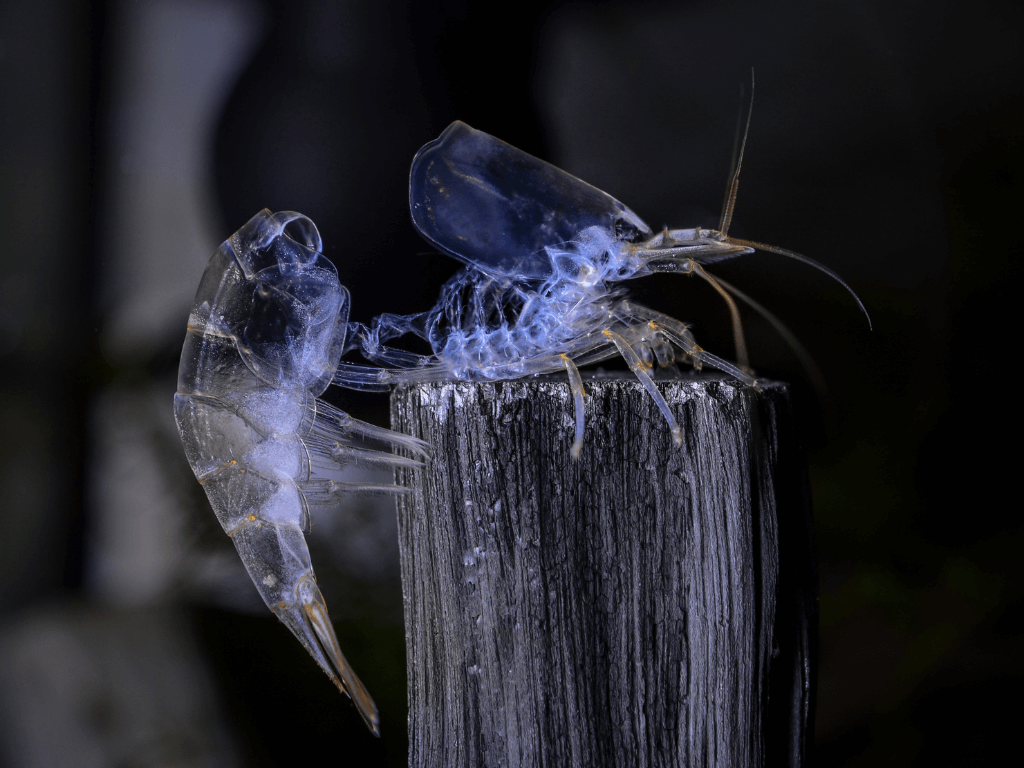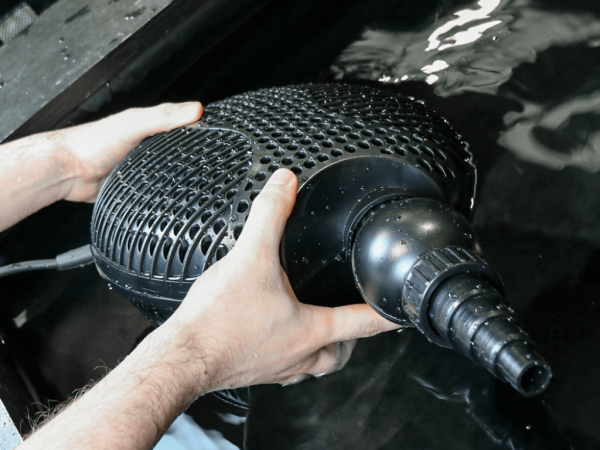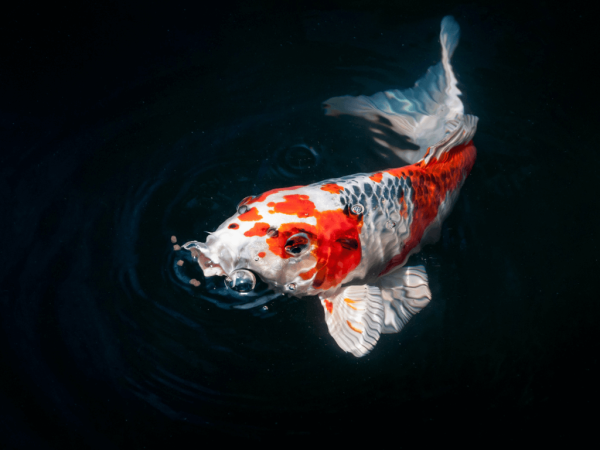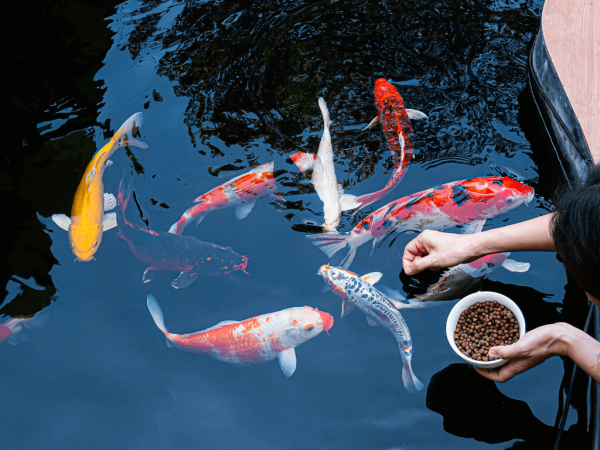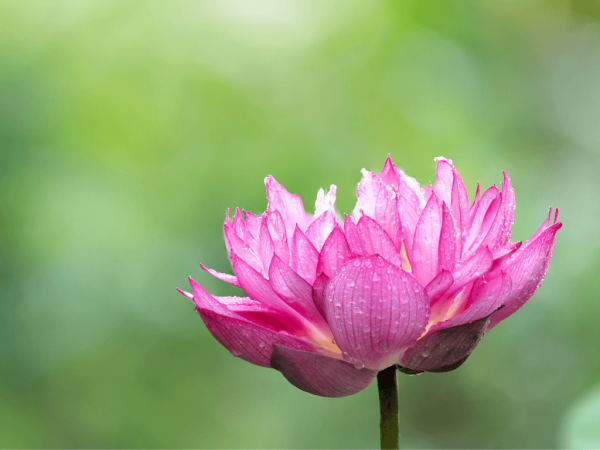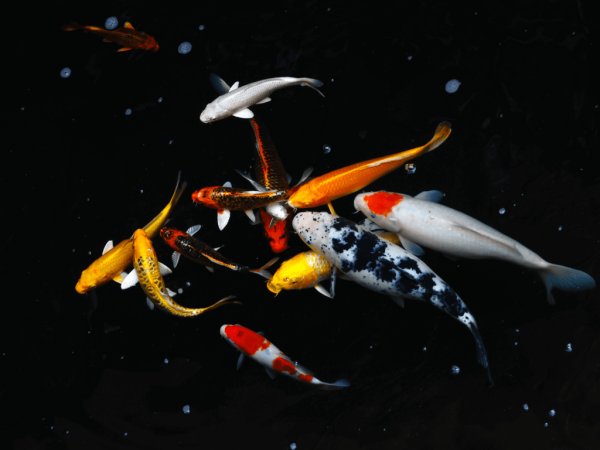Are My Shrimp Dead Or Moulting?
For first-time shrimp keepers, telling the difference between a dead individual or a moult can be very tough. A lot of experienced keepers will remember the first time they spotted a lifeless-looking shrimp at the bottom of their aquarium. It’s a scary experience, the kind that makes you rush to Google and furiously type in: are my shrimp dead or moulting?
There are several signs that’ll help you tell the difference, but before we discuss those let’s first take a closer look at the moulting process…
What is moulting and why do shrimp do it?
Like many other invertebrates (animals without a spine), shrimp have an exoskeleton that protects and supports their bodies. As they grow, they regularly shed these exoskeletons to accommodate their bigger bodies – just like how we change our wardrobe as we grow from children to teenagers to adults. This process of shedding their exoskeleton is known as moulting.
Typically, adults moult every three or four weeks. Juveniles, on the other hand, may moult once a week as they try to keep pace with their fast growth rates. There are many different types of aquarium shrimp, but the most popular types – Amano Shrimp and Cherry Shrimp – moult at very similar rates.
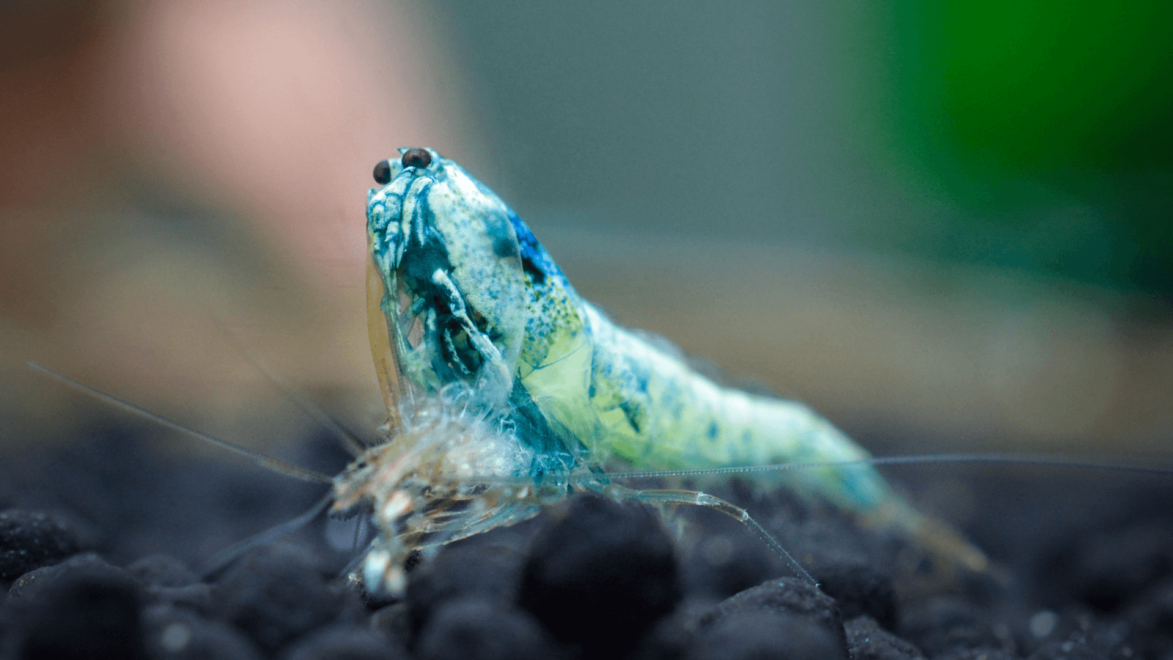
Before they moult, shrimp will often slow down and stop grazing on algae. They’ll then relax their muscles and squeeze out of their old exoskeleton, leaving behind a translucent ‘moult’ that’s often mistaken for a dead shrimp. This moult contains a lot of nutrients and will be readily eaten by others from your colony as your freshly moulted shrimp goes into hiding.
It’s in these first few days post-moult that your shrimp are at their most vulnerable. Their exoskeletons need at least 42-72 hours to properly harden. After two or three days, they should go back to their lively selves and start buzzing around your aquarium again, hoovering up algae and any uneaten fish food.
How do I tell the difference between a dead shrimp and a shrimp moult?
There are two major things to look out for when it comes to telling the difference between a dead individual and a moult:
1 – Moults are translucent
If you spot a translucent shrimp lying on the bottom of your fish tank, then this is almost certainly a moult. A lot of moults will also have a split along their backs. This is a sign that your shrimp managed to successfully squeeze out of its exoskeleton.
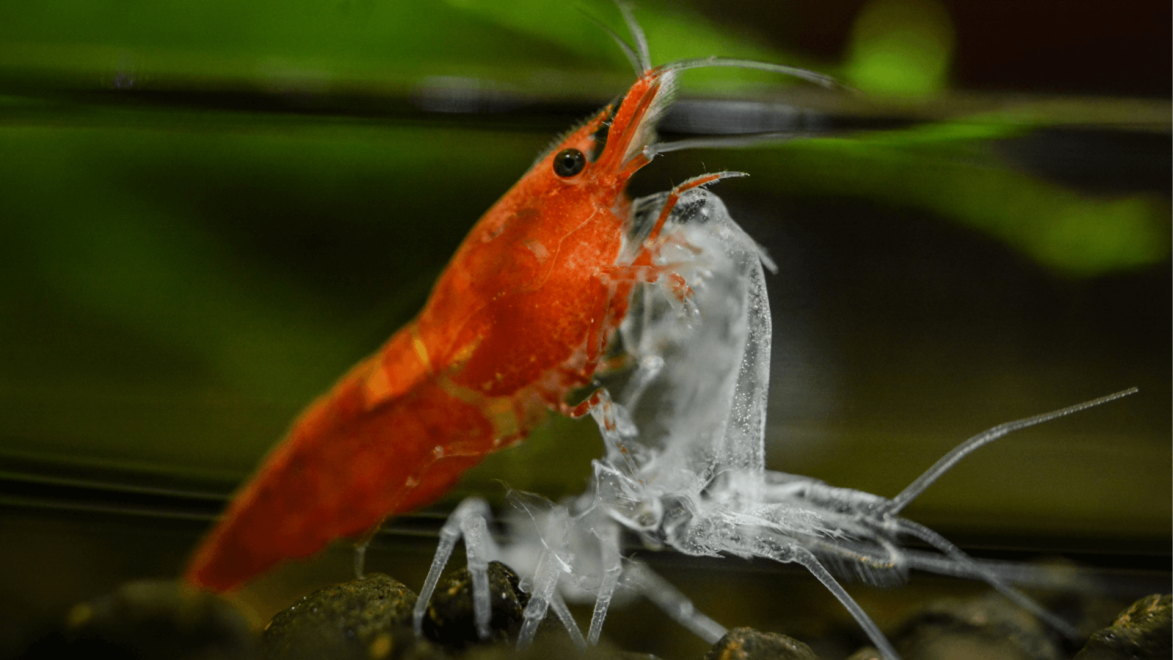
2 – Dead shrimp turn pale pink
If you spot a lifeless shrimp that has turned a pale pink colour, then it has likely passed away. This is easier to see when you’re keeping blue, black or yellow cherry shrimps, but even red cherry shrimps quickly lose their colour after death and turn a pale shade of pink.
Should I remove dead shrimp and shrimp moults from my aquarium?
You can remove moults or dead shrimp easily from your aquarium with a small fish net or a pair of aquarium tweezers. Not everyone chooses to do this, though, and some aquarists swear by leaving behind moults and dead shrimp for the rest of their colony to feed on. This is, after all, a great way to recycle nutrients in your aquarium.
That said, don’t stand by if you spot several dead individuals. This is likely indicative of a larger problem, like poor water parameters, and leaving lots of dead shrimp to rot and pollute your water will only make this problem worse.
Why do my shrimp keep dying?
There are many reasons why shrimp die. There are occasions when deaths are unavoidable and simply due to old age, but a lot of the time there’s an underlying problem that you can remedy with a quick and easy solution.
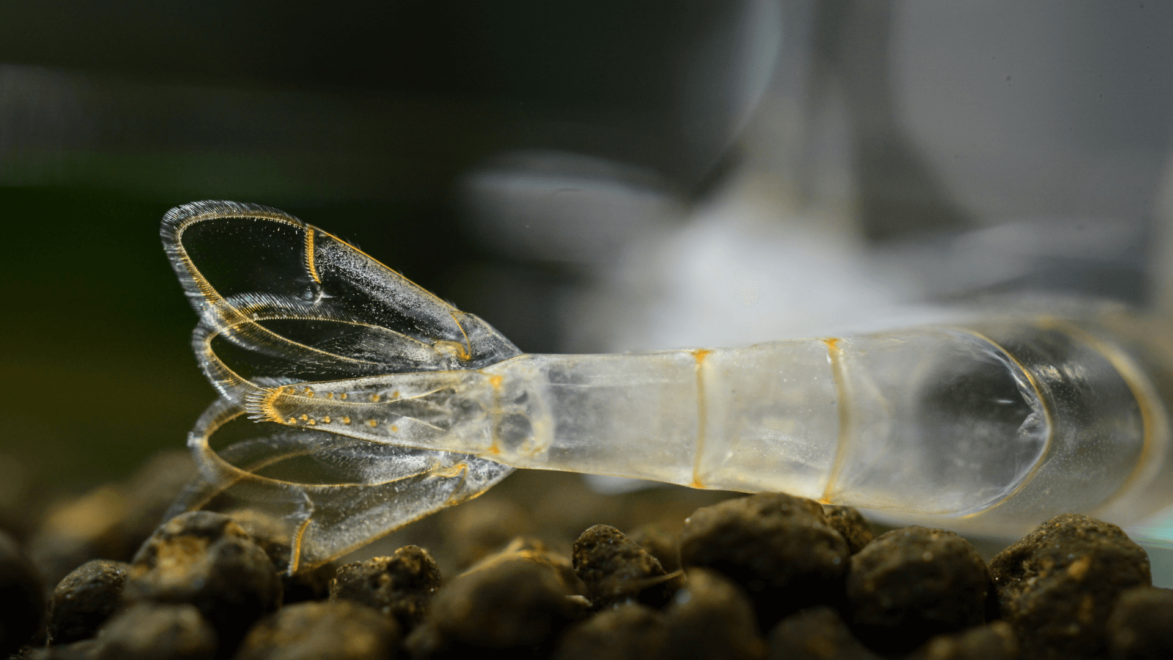
1- Water parameters
Most freshwater aquarium shrimp like Amanos and Cherries are very sensitive to changes in water quality. A quick shift in temperature, pH or TDS (total dissolved solids), can be lethal. To avoid losses, make sure that you acclimate them slowly when you first add them to your aquarium. The best way to do this is by drip acclimating them.
You should also perform small, partial water changes on your aquarium, particularly in the first few weeks and months after set-up your tank. As your tank matures and your shrimp grow more accustomed to your parameters you can start to perform larger water changes, but always try to avoid changing more than 50%.
It’s important to keep an eye on your GH (general hardness) and KH (carbonate hardness) levels too. These parameters are especially important in the moulting process. If you notice that your shrimp are dying mid-moult, then you’ll need to adjust your levels. Fortunately, Amanos and Cherries can live happily in a relatively wide GH and KH range of 2-6dKH and 4-8 dGH.
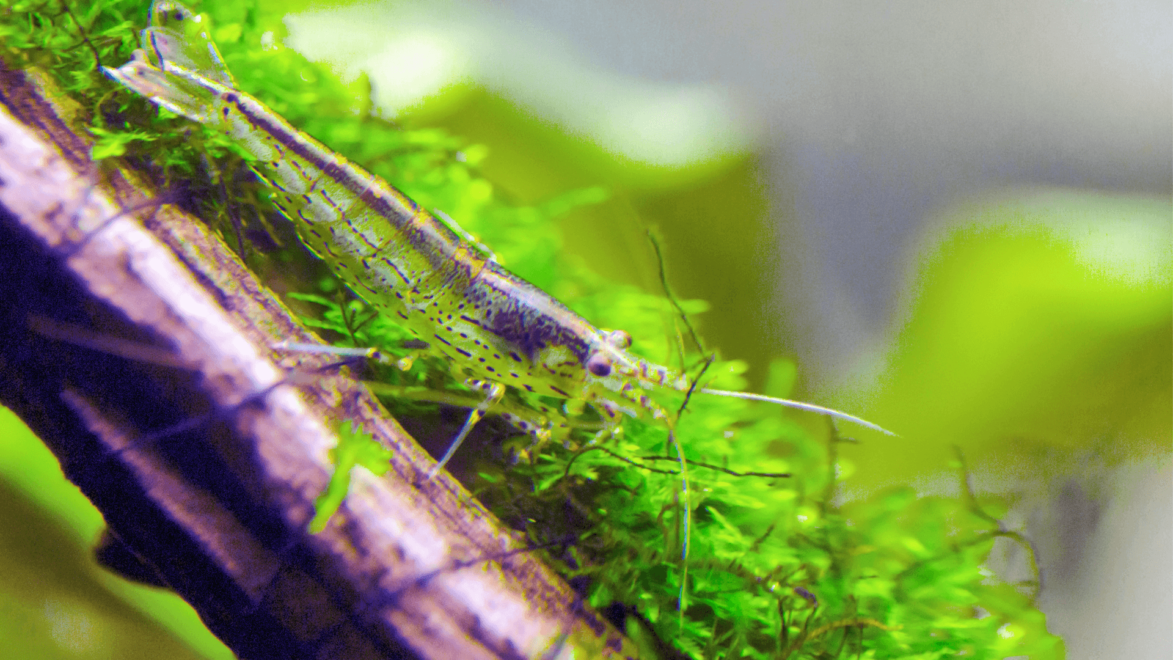
2 - Underfeeding
Another big cause of death, particularly in new set-ups, is underfeeding. While they don’t require a lot of food, shrimp do graze constantly and need a constant supply of algae and biofilm to really thrive. These food supplies aren’t always present in a brand-new tank. To avoid this problem, supplement your shrimp’s diet with a high-quality sinking pellet/wafer.
3 - Copper poisoning
While not quite as common as the problems mentioned above, copper poisoning can be deadly for shrimp. Just a trace amount in your aquarium is enough to wipe out an entire colony. This in mind, rigorously check the ingredients of any additives/supplements you add to your aquarium as some may contain small amounts of this poisonous metal. Copper is also commonly used as a pesticide on plants, so if you’re adding any to your aquarium make sure you properly rinse them.
Are shrimp hard to keep alive?
No, aquarium shrimp are incredibly easy to keep, provided you keep their water parameters stable and in an acceptable range. After they’ve been drip acclimated to your aquarium and given some time to settle, they’ll soon become some of your liveliest aquarium inhabitants.
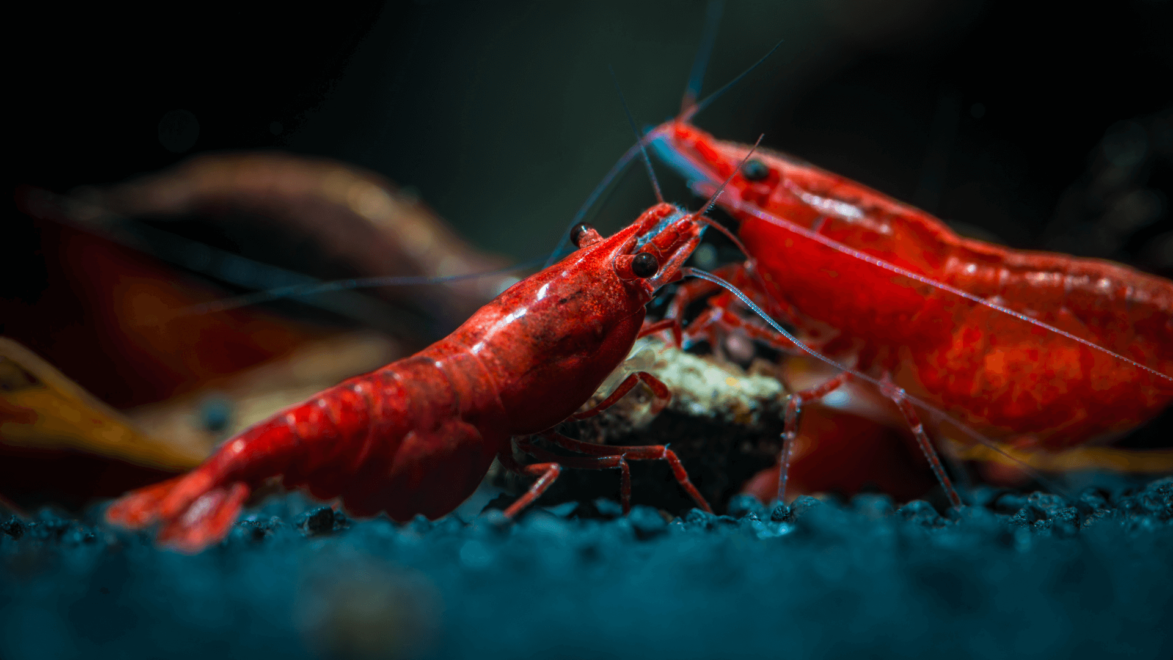
They also don’t require a huge aquarium to really thrive. In fact, they require so little space that you can keep a small colony of around 10 individuals in aquariums less than 20 litres. This is down to the fact that they have an incredibly low bio-load, meaning you don’t need a powerful filter to keep them either. Air-driven sponge filters are a great choice for shrimp aquariums.
Not all aquarium shrimp readily breed in freshwater. Amanos, for example, require brackish water to reproduce. Cherries, on the other hand, are renowned for being prolific breeders. If they’re fed a rich and balanced diet and kept in a mature tank with lots of algae and biofilm, then these colourful invertebrates will quickly create new, miniature versions of themselves.
Shrimp are some of the most rewarding aquatic animals to keep in a home aquarium. Here at Swell UK we stock a wide range of products specially designed for them. Check these out and grab our hottest deals while they last!




